Want to think better and solve problems faster? Start with these simple exercises that train your brain to approach challenges in new ways. Here’s what you’ll learn:
Daily Routine Ideas:
You don’t need fancy tools – just a notebook, pen, and a few minutes a day to start thinking differently.
Let’s look at some hands-on exercises that’ll help you think better and come up with fresh solutions.
The SCAMPER method gives you seven different ways to look at any problem. Here’s what each letter means:
Let’s say you want to make a better coffee cup. You might try using smart materials that respond to heat (Adapt) or create a cup that breaks down into smaller parts (Modify).
Here’s a fun twist: try the "Bad Ideas" exercise. Come up with the WORST possible solutions you can think of. It takes the pressure off and often leads to surprising insights. Think "Sandpaper Socks" – sounds awful, right? But it might get you thinking about what makes footwear comfortable.
Mind maps help turn your jumbled thoughts into something you can actually use. Here’s how to make one:
Want to go digital? Try tools like Miro or MindMeister instead of paper and pen.
Kick-start your writing with questions that make you think differently:
Make it fun – add drawings or stickers if you want. The goal is to get your thoughts flowing.
Try this: Pick two completely different things and smoosh them together. A table + sneaker? Maybe you’ll invent furniture that absorbs impact. A backpack + solar panel? Now you’ve got a bag that powers your phone while you walk.
These exercises aren’t just about being clever – they’re about training your brain to spot connections others might miss.
Want to boost your brain power? Let’s look at some fun ways to make thinking exercises part of your daily life.
Start your morning with the "30 Circles" challenge – it’s super simple but packs a punch. Just draw 30 circles on your planner and spend 3 minutes turning them into different objects. It’s like a cup of coffee for your creativity!
Here’s a fun one: the "Make Your Sandwich" exercise. Picture your personality as ingredients in a sandwich. Maybe you’re quick-thinking like crispy lettuce, or flexible like smooth mayo. Sketch it out in your journal – it’s a playful way to understand yourself better.
These warm-ups get your brain buzzing and ready for the day ahead.
Turn your planner into your personal brain gym! Add some flair with stickers and washi tape – they’re not just pretty, they help spark new ideas through colors and patterns.
Here’s how to set up your planner zones:
| Zone | What It’s For | Tools to Use |
|---|---|---|
| Brainstorm Space | Quick idea dumps | Dot stickers, boxes |
| Mind Map Area | Connect your thoughts | Washi tape lines |
| Reflection Corner | Capture daily thoughts | Headers, text boxes |
Make it stick by linking these exercises to things you already do. Add a quick brainstorm to your morning coffee routine, or squeeze in a creative challenge before closing your planner at night. Track what you do with stickers or progress bars – it’s like giving yourself a high-five for showing up!
Let’s look at the tools that can boost your creative process and help you generate better ideas.
Dark Moon Paper‘s sticker kits add a fun twist to your planning sessions. When you’re stuck on a problem or need fresh ideas, these visual elements can spark your thinking in new directions.
Here’s what you’ll want in your creative toolkit:
| Item | What It Does | How It Helps |
|---|---|---|
| Themed Stickers | Sets the mood | Gets your brain thinking differently |
| Washi Tape | Divides your pages | Helps you group related thoughts |
| Good Pens | Makes writing smooth | Lets ideas flow freely |
| Scrapbook Paper | Changes the backdrop | Sets different moods for thinking |
While pen and paper give you that hands-on feel, digital tools can take your idea generation to the next level.
Need to map out your thoughts? MindMeister helps you connect ideas visually. Got a brilliant idea during your morning commute? Day One‘s got you covered – just pull out your phone and jot it down. And if you’re just getting started, bullet journal templates can give you that initial structure you need.
Sometimes the best ideas come from bouncing thoughts off others. Jump into Reddit communities like r/bulletjournal and r/journaling to pick up new layout ideas or get tips for deeper thinking. Want more visual inspiration? Check out #bulletjournal on Instagram to see how others organize their thoughts.
Want to boost your problem-solving skills? It’s simpler than you might think. Research shows that people who practice creative exercises regularly see a 40% jump in their ability to come up with new solutions.
Mind mapping and brainstorming aren’t just buzzwords – they’re practical tools that help organize your thoughts and push your thinking in new directions. The best part? You don’t need fancy equipment or special training to get started.
Here’s a simple daily routine that fits into even the busiest schedule:
| Time of Day | Activity | Duration | Example |
|---|---|---|---|
| Morning | Quick brainstorming | 5 minutes | List new uses for a coffee mug |
| Lunch break | Mind mapping | 10 minutes | Map out your next project |
| Evening | Writing thoughts | 15 minutes | Note down your best ideas |
Ready to jump in? Grab a notebook and pen – that’s all you need to begin. Pick ONE technique that catches your eye and try it out. Don’t worry about getting it perfect. Just like any other skill, your creative thinking will get better with practice.
Remember that old saying about the best time to plant a tree? Same goes for developing your creative skills – the best time to start is now.
Stickers Made for Planning
Our custom stickers are a fuss-free way to brighten up your planner pages with perfectly-sized designs that add a spark of personality to every layout.
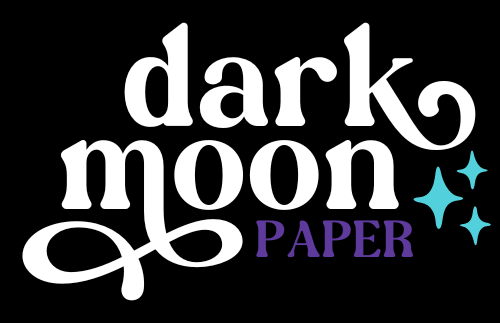
Why use planner stickers?
Planner stickers make organizing easy, fun, and personal! Add color, creativity, and structure to every page, transforming your planner into a tool that reflects you. Perfect for tracking, decorating, and staying inspired daily!
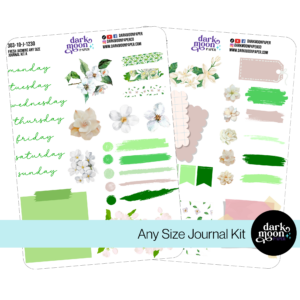
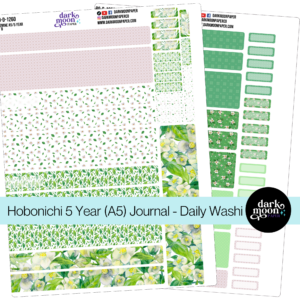
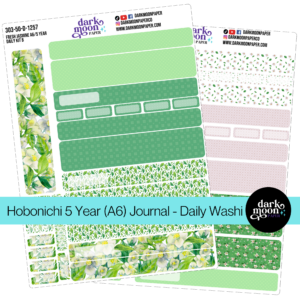
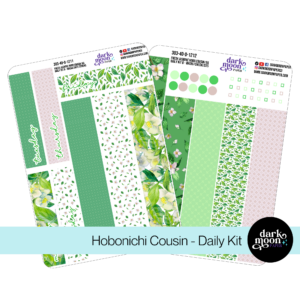
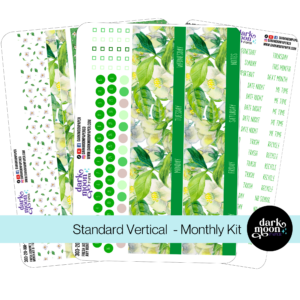
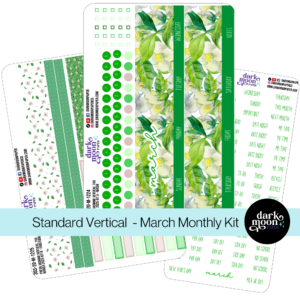
Hello and welcome!
I’m Rachael Snow, a lifelong artist and entrepreneur, and I started Dark Moon Paper to blend my love of art, technology, and the mysterious beauty of the world around us. My sticker kits are meant to set the mood, tell a story, and give you a little escape from the ordinary.
I work from my cozy studio tucked away in the beautiful woods of Oregon, surrounded by nature and a dark night sky full of stars.